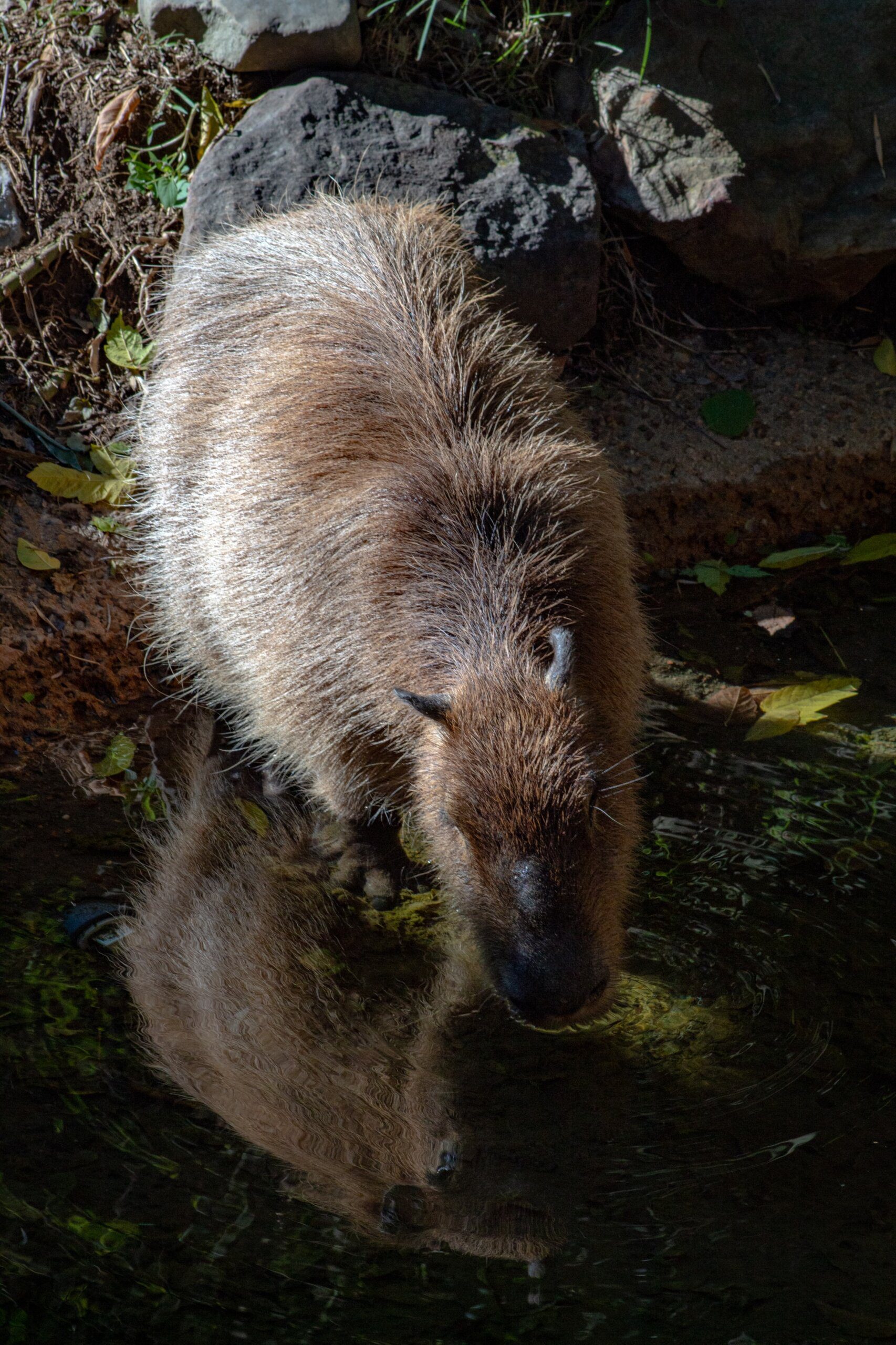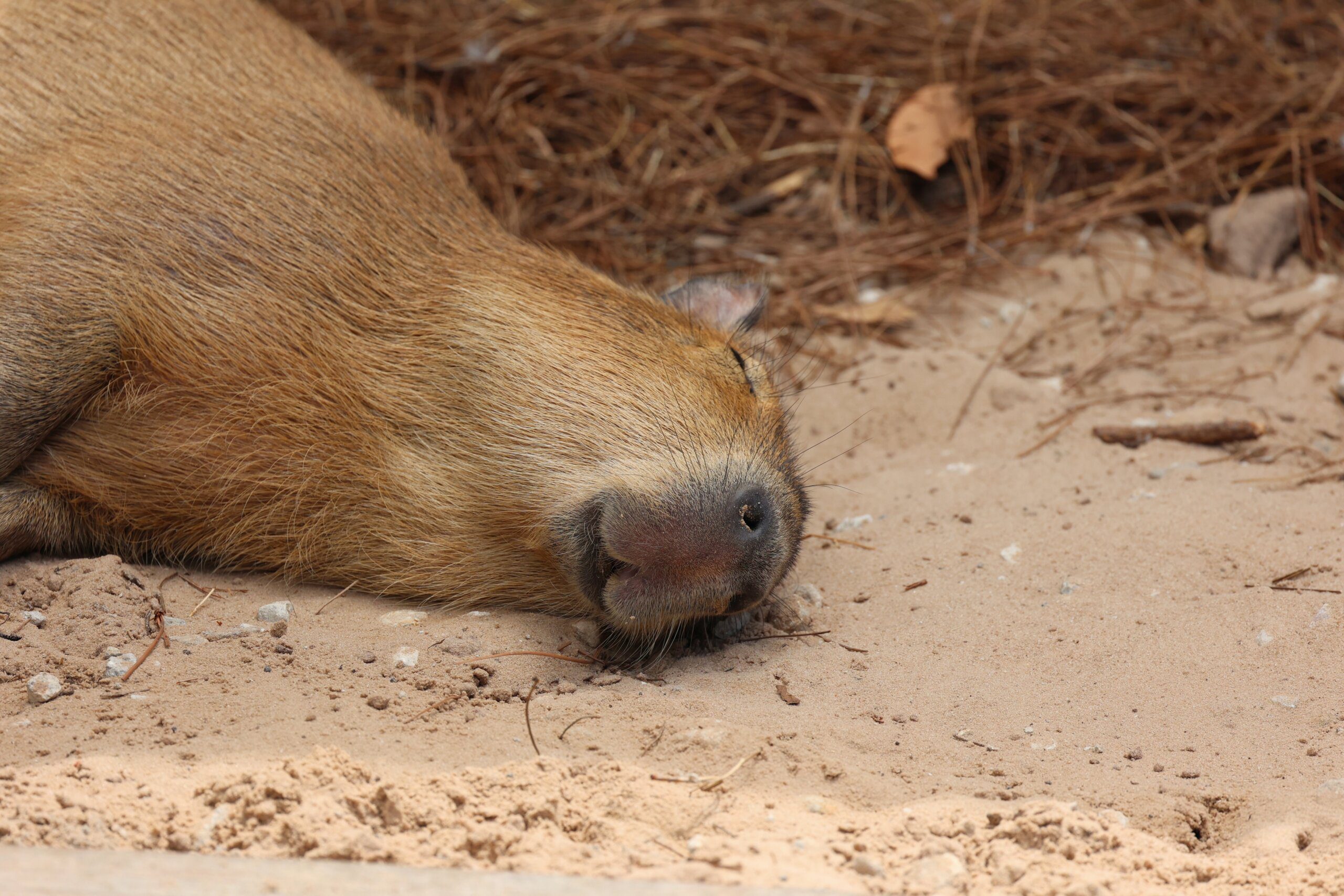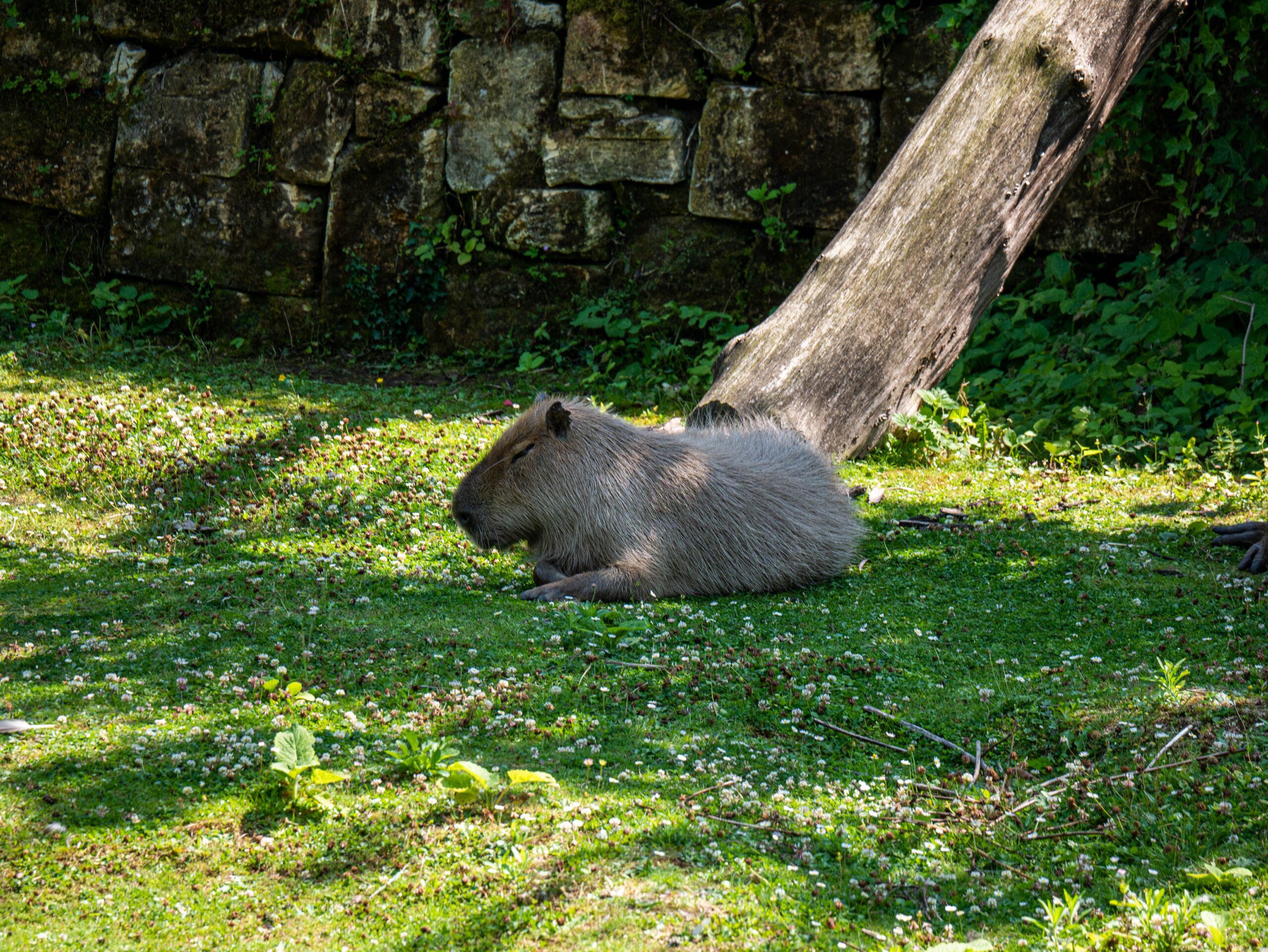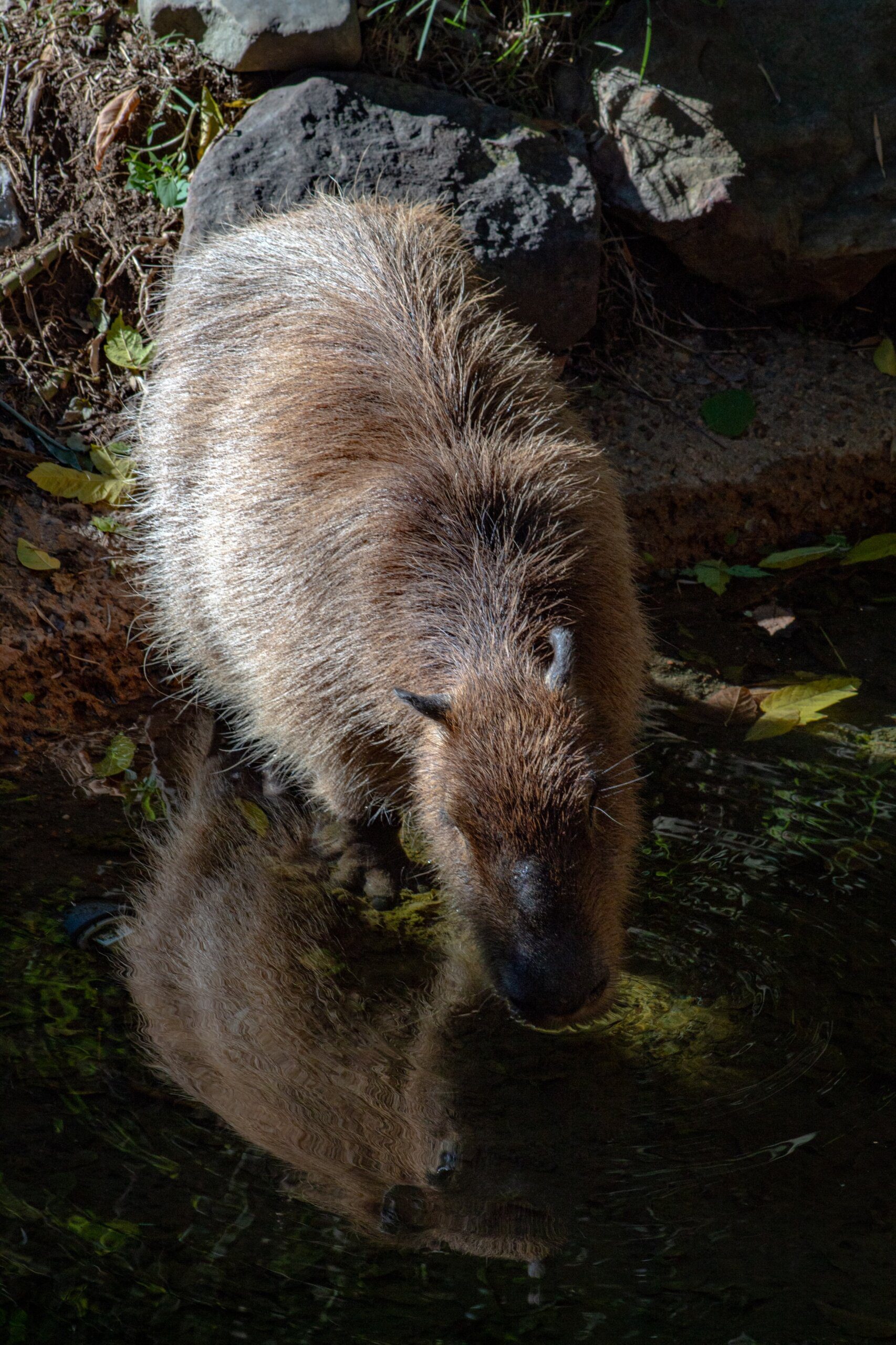Argentina has found itself in the midst of an unexpected invasion – capybaras, the world’s largest rodents, have taken the country by storm. These adorable and gentle creatures, native to South America, are seemingly multiplying at an alarming rate and making their presence known in various cities and towns across Argentina. While some locals have welcomed their new furry neighbors with open arms, others are concerned about the impact these capybaras might have on their environment and agriculture. As experts attempt to understand this sudden surge in capybara population, the invasion of these charming creatures certainly presents an intriguing and mesmerizing phenomenon in Argentina.
The Invasion of Capybaras in Argentina

Background of Capybara in Argentina
Capybaras, the world’s largest rodent species, have become a prominent and widespread presence in Argentina. Originally native to South America, these large semi-aquatic mammals have found a suitable habitat in the wetlands, marshes, and rivers of Argentina. While capybaras have always existed in the country, their population has seen a significant increase in recent years, leading to concerns from both environmentalists and local communities.
Reasons for Capybara Invasion
Several factors have contributed to the invasion of capybaras in Argentina. One key driver is the expansion and alteration of their natural habitats due to human activities. As agricultural practices and urbanization continue to encroach upon their traditional habitat, capybaras have adapted to thrive in the modified landscape, finding new food sources and shelter in agricultural fields and suburban areas.
Another reason is the lack of natural predators and the absence of substantial hunting pressure. Capybaras have few natural predators, and human hunting has been restricted due to their cultural significance and the animal welfare concerns surrounding their hunting. As a result, capybara populations have been able to grow and spread unchecked.

Environmental Impact of Capybara Invasion
The increasing population and expansion of capybaras have had a significant impact on the environment in Argentina. These herbivorous mammals consume vast amounts of vegetation, which can lead to overgrazing and the alteration of riparian ecosystems. In particular, their fondness for aquatic plants can disrupt the fragile balance of wetland ecosystems, threatening the survival of other species.
Moreover, capybaras can cause soil erosion through their constant foraging and trampling, impacting the stability of riverbanks and wetland areas. Their burrowing habits can also damage agricultural crops and infrastructure, posing further challenges for local farmers and residents.
Cultural Significance of Capybaras
Capybaras hold a special place in Argentine culture and folklore. They are often depicted as gentle and friendly creatures, inspiring affection among the local population. In addition to their cultural significance, capybaras have become a tourist attraction, drawing visitors from around the world to observe and interact with them.

Efforts to Manage Capybara Population
Recognizing the need to address the growing capybara population, Argentine authorities and conservation groups have implemented various management strategies. These efforts focus on finding a balance between environmental conservation and the preservation of cultural values associated with capybaras.
Sterilization programs have been introduced to control capybara population growth in certain areas. By neutering select individuals, the aim is to slow down reproduction rates and curb the expansion of their populations. Additionally, controlled culling programs have been suggested to manage capybara numbers, although this remains a contentious issue due to the cultural and ethical sensitivities involved.
Economic Implications of Capybara Invasion
The invasion of capybaras in Argentina has had both positive and negative economic implications. On one hand, the popularity of capybara tourism has provided a boost to the local economy, with visitors flocking to witness these unique creatures in their natural habitat. This has led to the creation of jobs, increased revenue from tourism, and the development of related industries such as guided tours and souvenir shops.
However, the economic impact is not uniformly positive. Capybara invasions can also lead to substantial crop damage, resulting in financial losses for farmers. Furthermore, the destruction of valuable wetland ecosystems may have long-term economic consequences, as these habitats provide vital services such as water filtration, flood control, and support for fisheries.
Potential Solutions to Capybara Invasion
Addressing the challenges posed by the capybara invasion requires a multi-faceted approach. Firstly, there is a need for increased research to better understand capybara behavior, population dynamics, and their ecological impact. This knowledge can inform the development of more effective management strategies.
Implementing livestock exclusion measures in vulnerable areas, such as fencing off agricultural fields and sensitive wetland areas, can help mitigate the impact of capybars on crops and ecosystems. Additionally, promoting sustainable agricultural practices that prioritize conservation and balance can contribute to the coexistence of capybaras and local farmers.
Public Opinion and Conservation
Public opinion plays a crucial role in shaping conservation efforts for capybaras in Argentina. While there is widespread appreciation for capybaras’ cultural significance and their unique place in Argentine folklore, there is also growing concern regarding their environmental impacts. Educating the public about the ecological consequences of capybaras and the importance of conservation is essential in garnering support for conservation measures.
International Collaboration on Capybara Invasion
Given the global nature of environmental challenges, international collaboration is vital in addressing the invasion of capybaras in Argentina. Sharing research findings, best practices, and management strategies with other countries facing similar issues can help create a comprehensive and effective approach to capybara conservation. Collaboration can also facilitate the exchange of knowledge and enhance conservation efforts through joint initiatives, such as scientific studies and joint monitoring programs.
Conclusion
The invasion of capybaras in Argentina poses significant challenges to both the environment and local communities. While capybaras hold cultural significance and contribute to the economy through tourism, their expanding populations have resulted in ecological disruptions and economic losses. Managing the capybara invasion requires a combination of conservation efforts, research, public education, and collaboration. By finding a balance between cultural significance, environmental sustainability, and economic considerations, Argentina can work towards ensuring the long-term coexistence of capybaras and their ecosystems.



